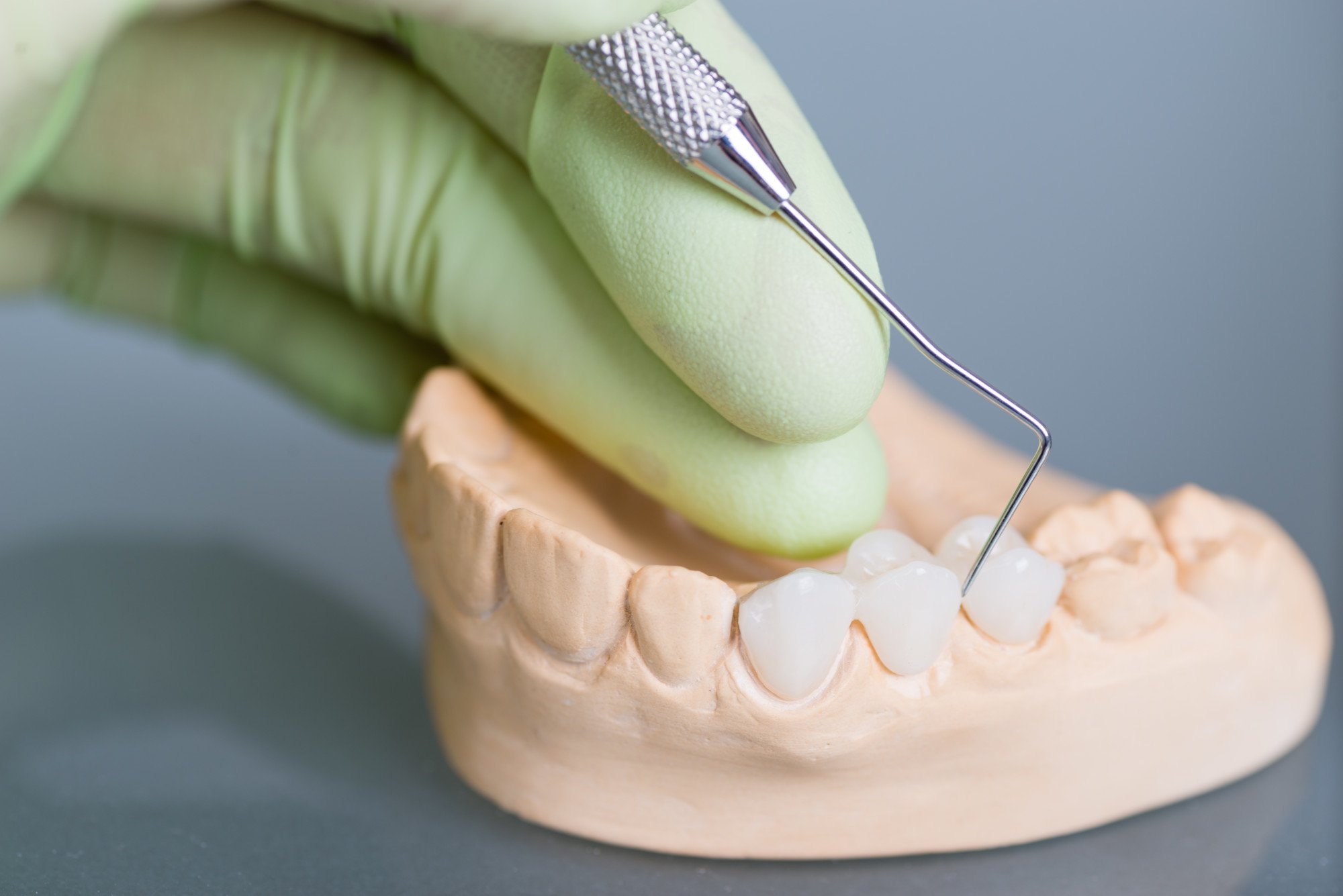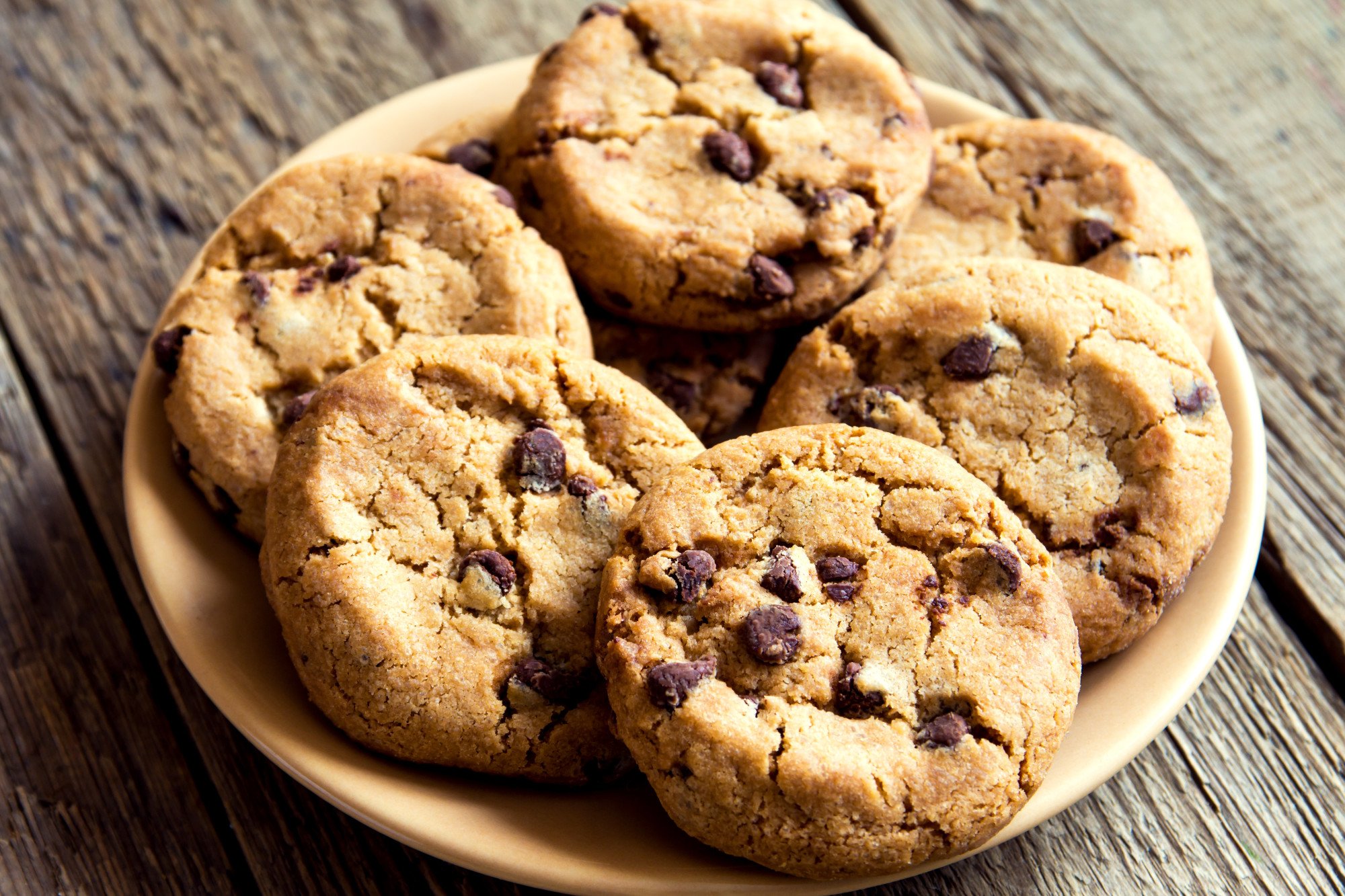
Chronic pain can be a nightmare to live with. It can seem like an endless routine of pills and prescription treatments. The kicker is that many of these can take a serious toll on your body, affecting your quality of life.
Alternative pain relief is growing in popularity as we better understand chronic pain. The role of exercise, yoga, mental and dietary health, and taking care of your body are all key. These are also all-natural and good for your overall health.
There are also plenty of options for natural herbs and medical marijuana products. Read on for a guide to 7 alternative pain relief methods for managing chronic pain.
1. Exercise and Yoga
Exercise is great for natural pain relief. This might sound counterintuitive, but there’s a scientific reason why this is. Your endorphins serve as natural painkillers.
Exercise and Yoga help create and release these endorphins in your brain. These block your pain receptors and help you feel good. Yoga, in particular, is great because it involves lots of stretching and slow controlled movements.
This helps loosen up stiffness and strengthen areas causing you chronic pain. Yoga lets you do this without overdoing things and causing further injury.
With that said, it’s still a good idea to talk to your doctor. Depending on the type of pain and where it is, some activities might be safer or more effective than others.
2. Acupuncture and Massage Therapy
For a long time, acupuncture has stood as a well-known method for natural pain relief. It is particularly effective for physical pain, such as arthritis. Acupuncture is also linked with managing migraines and tension headaches.
By pricking this with thin needles, acupuncture could be redirecting what you feel. Your nerves are a relay system that sends signals to your brain that you’re in pain. If you trigger nerve signals that send relaxation messages instead of pain, your whole body will respond differently.
Massage therapy works in similar ways to relax your body and muscles. Talented physiotherapists and masseuses will target areas where you feel chronic pain. This helps get rid of any extra inflammation causing you pain.
It also stretches out sore muscles and can even help with alignment issues. Misaligned joints or spines are a common cause of chronic pain. Addressing these with physical therapy can be more effective than prescription painkillers.
3. The Great Outdoors
On the mental side of things, being outside in the fresh air can help alleviate pain. Anxiety and stress are both linked to health complications, including chronic pain. The ability to take a deep breath and commune with nature sounds cliché but works.
As little as 20 minutes a day outside can have a major impact on our daily health. This becomes amplified when we deliberately seek out real nature. Think of forested parks or ocean shores where you can hear the waves crashing.
There’s also a biological reason why going outside helps with chronic pain management. We get most of our Vitamin D from the sun. This leads to stronger immunity and helps with inflammation associated with auto-immune diseases.
4. Warm Up Your Body
Using heat for chronic pain relief is quite common. This is because heating the muscles and sore spots causing your pain can help alleviate pain and tension. You have an assortment of natural methods to heat your body.
Some cultures use spicy food to sweat out the stress and loosen your muscles. Of course, you can take that non-dietary approach as well.
Soaking in hot springs or hot water can do wonders. You’ll feel all the pain and stress melt away in the pleasant heat and steam. There’s a reason why many cultures like the Japanese prefer going for a hot soak after a stressful workday.
You can achieve similar results with a good sauna session. The key is to let the heat and steam relax you and release any tension causing pain. Both saunas and hot baths can relieve pain associated with mobility issues.
5. CBD and Cannabinoid Products
There has been hype around CBD and Cannabinoids for effective natural pain relief. CBD is a component that, unlike THC, doesn’t cause a high. However, like THC, it still offers significant pain relief.
Some medical professionals argue CBD is healthier than traditional opioid painkillers. CBD also comes with fewer side effects and complications. It also helps reduce inflammation, which is key for sustained pain management.
More research is always ongoing, but all the signs are currently positive. CBD and Cannabinoid products are good alternative pain relief sources. For finding the best quality medical cannabis products, here are some helpful resources.
6. Anti-Inflammatory Food
A big part of chronic pain relief is managing inflammation. Certain anti-inflammatory foods can be gamer changers. As more research is being done on the human body, links between food and chronic pain are coming to light.
In some cases, this is due to a diagnosable allergy or auto-immune disease. Celiac disease, a gluten allergy, is a well-known one. Being lactose intolerant is another.
However, in theory, almost any food could trigger an inflammatory response. This depends on the person, and most don’t even know the trigger. They live with chronic pain caused by dietary inflammation.
Lots of fruits and vegetables are anti-inflammatory. “Good” or unsaturated fats like avocado or omega-3 acids found in fish are also effective. You can look into diets rich in anti-inflammatory ingredients.
7. Herbal Remedies
Many herbs serve as natural painkillers. A lot of them work by targeting the inflammation which causes the pain. Ginger and turmeric are two examples mentioned earlier, both of which make great teas.
Dandelion tea is also good for muscle and joint pain, such as arthritis. It also serves to reduce gut inflammation caused by IBS. Boswellia is another example that falls in the essential oils category.
Known as frankincense, Boswellia is often taken as supplements, drops, or creams. It’s linked to general inflammation relief, especially for arthritis and colitis. Cloves are another great example because they contain eugenol.
A Guide to Natural and Alternative Pain Relief
Today there are more options than ever before for alternative pain relief. These include natural herbs and teas, as well as medical marijuana. Taking care of your body and what you eat will also benefit your overall health.
For more articles and information on alternatives to pain relief, check out our site. We have plenty more for you to explore.





